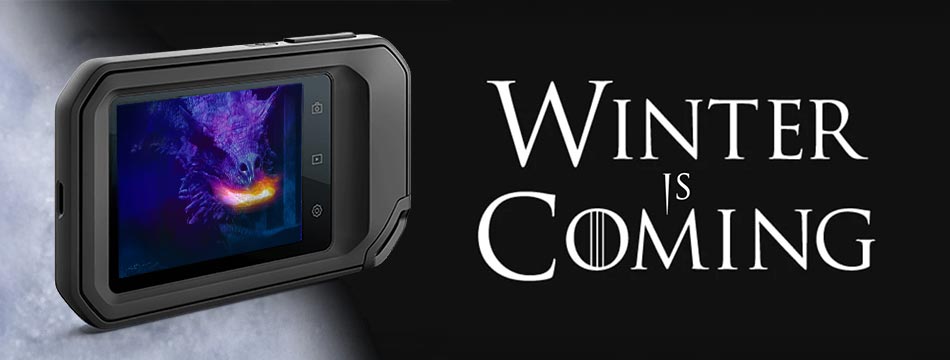
As night gathers our heating watch begins. With energy bills rising, along with anxiety about greenhouse gas emissions, maximising energy efficiency is more important than ever. One of the most effective ways of reducing household bills and emissions is to ensure your home is properly insulated. In fact, energy companies, councils, and charities have all implemented programs to help homeowners do just that.[1] These schemes all have one thing in common: they use thermal imaging cameras to pinpoint areas of heat loss within properties.
The BBC reports that an estimated 19% of the UK’s greenhouse gas emissions come from warming houses and workplaces, with more than three-quarters of these emissions attributed to heating domestic dwellings. Furthermore, heating domestic and commercial buildings “accounts for nearly half of all energy consumption and 40% of energy-related carbon dioxide emissions” around the world.[2] A temporary cap on UK gas/electric unit prices is predicted to keep the average household’s yearly energy bill at £2500; however, this cap is set to be removed in April 2023 at which point most households (exceptions are being made for the most vulnerable) will revert back to paying the unit prices set quarterly by Ofgem. Using present gas/electricity future prices, ING predicts that the average household could expect an annual electricity bill of £3700 in 2023 which could peak “at £4250 on an annualised basis between April and June next year”. [3]
Thankfully, simple repairs around your house (or castle) addressing sources of heat loss deliver long-term economic and environmental benefits. Thermal imaging provides a fast, easy way to scan your home and pinpoint problem areas; below are some tips on conducting a quick, effective, thermal home inspection.[4]
Quick Links
- A
SongScan of Ice & Fire: See Where Hot Air Is Escaping - The Wind(ows) of Winter: Check Window Strippings
- Beyond The Wall(s): Find Missing Insulation
- Inspect What Is Yours with FLIR & Thermal
- Further Information
A Song Scan of Ice & Fire: See Where Hot Air Is Escaping
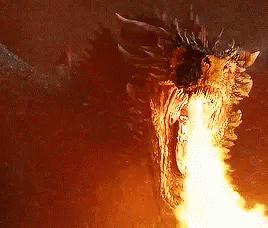
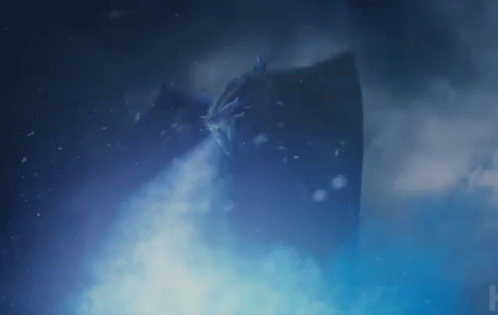
The best time to find areas where hot air is escaping is when there is a significant difference between the temperatures inside and outside. Often gaps around doors, windows, and points where wires and cables enter the home can be sources of substantial heat loss. These locations will show up as bright yellow/white on your thermal camera, indicating that they are hotter than the rest of the scene. This is because hot air is leaving through holes. Cornwall Insight Ltd estimates that sealing gaps around your windows, doors, and cables could lead to a potential saving of £710 a year.[5]
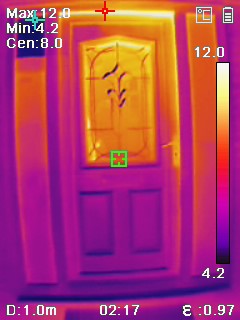
Henry Hobhouse, the South Somerset Lib Dem Councillor, appreciates the savings that can be made as a result of secure sealings. BBC Somerset reports that, after seeing hot air escape through poorly insulated front doors via a thermal camera, Mr Hobhouse has set up a scheme whereby residents in Castle Cary and Burton can borrow thermal cameras to identify sources of heat loss in their homes.[6]
Moreover, seal repairs also offer savings during hot summer months as they improve cooling efficiency, thereby reducing the air conditioning costs and emissions of those living in hotter climates (such as King’s Landing, Dorne, and Essos).
The Wind(ows) of Winter: Check Window Strippings

In cold weather, stripping materials around windows and doors shrink leading to cold air leaks. As you can see in the thermal image below, there are dark blue cold spots around the frames of the window.
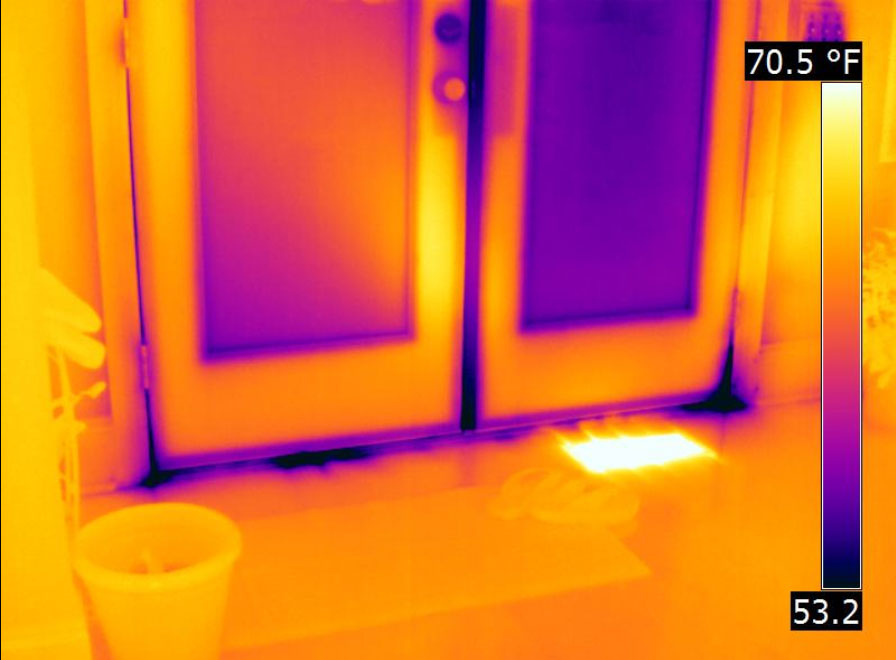
Using a thermal camera on a chilly autumn day means you can pinpoint problem areas and reseal them before winter comes.
Earlier this year, The Times explained how Rupert Gregory saved 20% on his dual fuel bill by addressing insulation failings in his house. Using a Teledyne FLIR thermal camera lent to him by Octopus Energy, blue spots on thermal images helped him to locate draughts/cold air leaks.[7]
Beyond The Wall(s): Find Missing Insulation
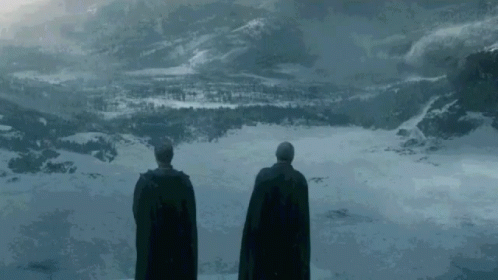
In the same article, The Times detailed how Mick Wall from Sheffield also borrowed a Teledyne FLIR thermal camera from Octopus Energy to understand why his front bedroom was not retaining heat. Cold blue spots on the thermal image revealed that there was no insulation between the internal plasterboard and outside tiles beneath the bay window.[8]
Insulation issues within walls can account for between 10% and 20% of total home energy loss. Teledyne FLIR’s thermal cameras help you to uncover missing insulation or insulation that has moved. For examples of the types of insulation faults that Teledyne FLIR’s thermal cameras can detect, follow their #MissingInsualtionMonday feed on Twitter and Instagram.
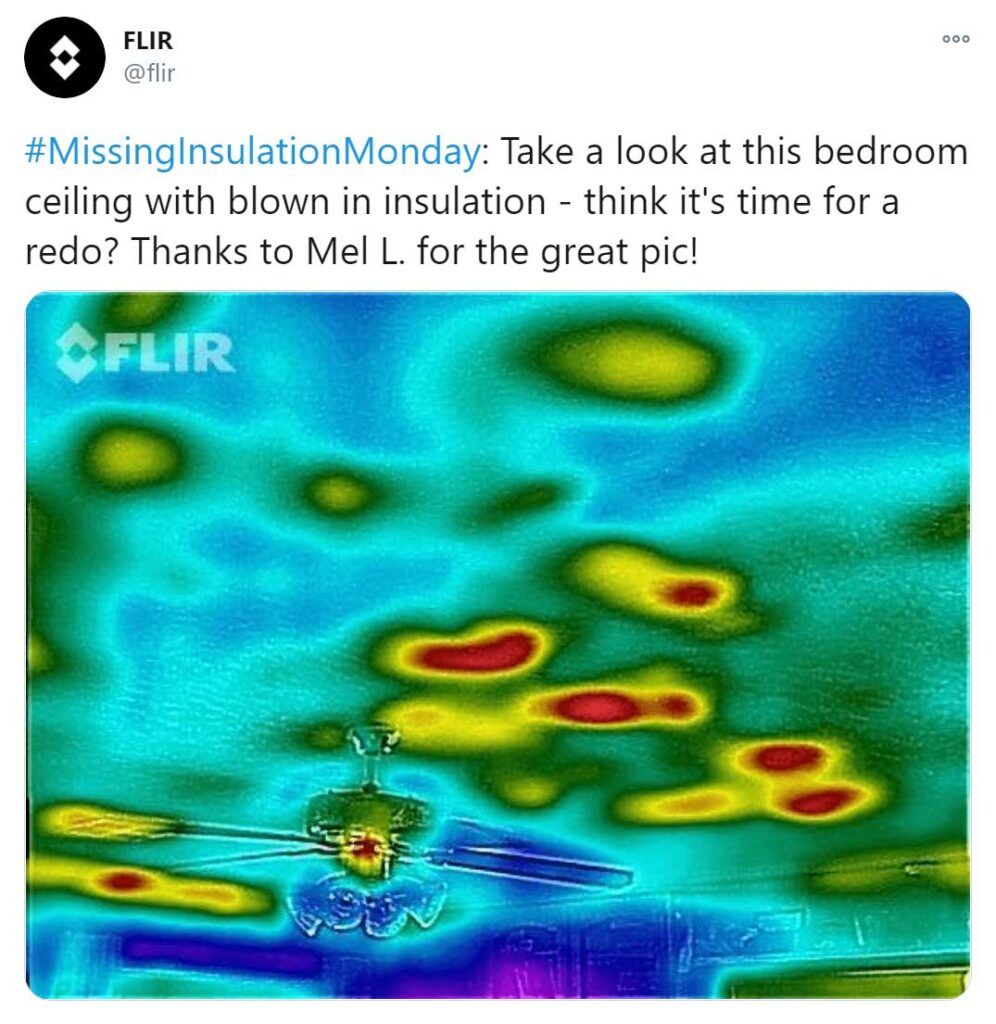
Inspect What Is Yours with FLIR & Thermal

Teledyne FLIR offers a vast array of thermal cameras suitable for energy auditing and building inspections. To help you choose, Teledyne FLIR recommends homeowners invest in a Teledyne FLIR One Pro Smartphone Thermal Module, but advises that professionals and contractors may be better served by the Teledyne FLIR C5 Compact Thermal Camera.
Teledyne FLIR One Pro Smartphone Thermal Module
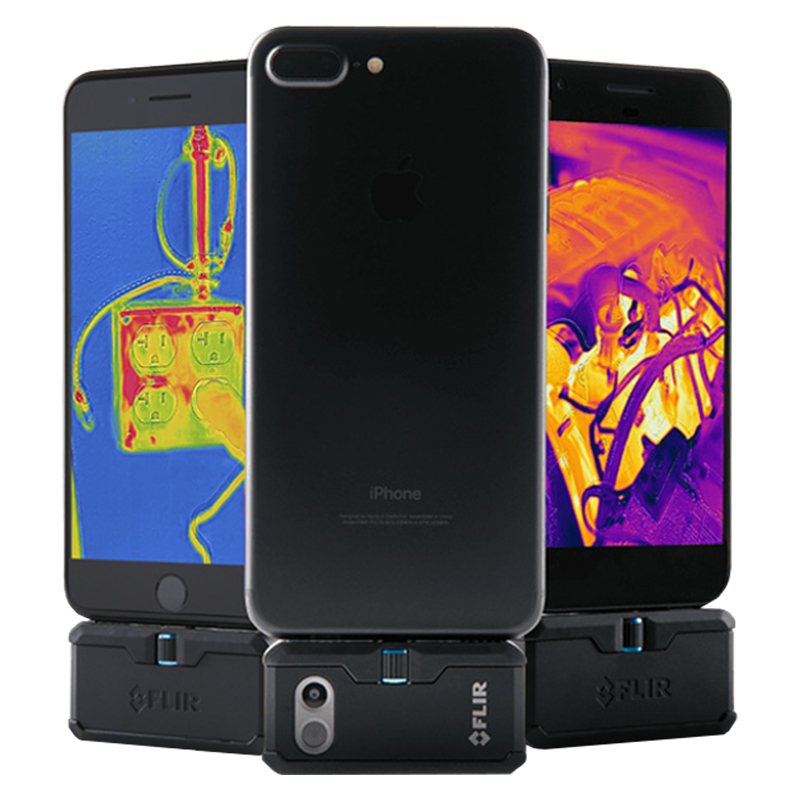
Designed to connect to your smartphone or tablet, the Teledyne FLIR One Pro Smartphone Thermal Module offers visual-light, thermal, and MSX (Multi-Spectral Dynamic Imaging) imaging.

MSX mode overlays visual images onto corresponding thermal images, allowing you to easily pick out details and quickly identify common problems, such as air leaks, missing insulation, water intrusion, or pests, with precision.
Teledyne FLIR C5 Compact Thermal Camera
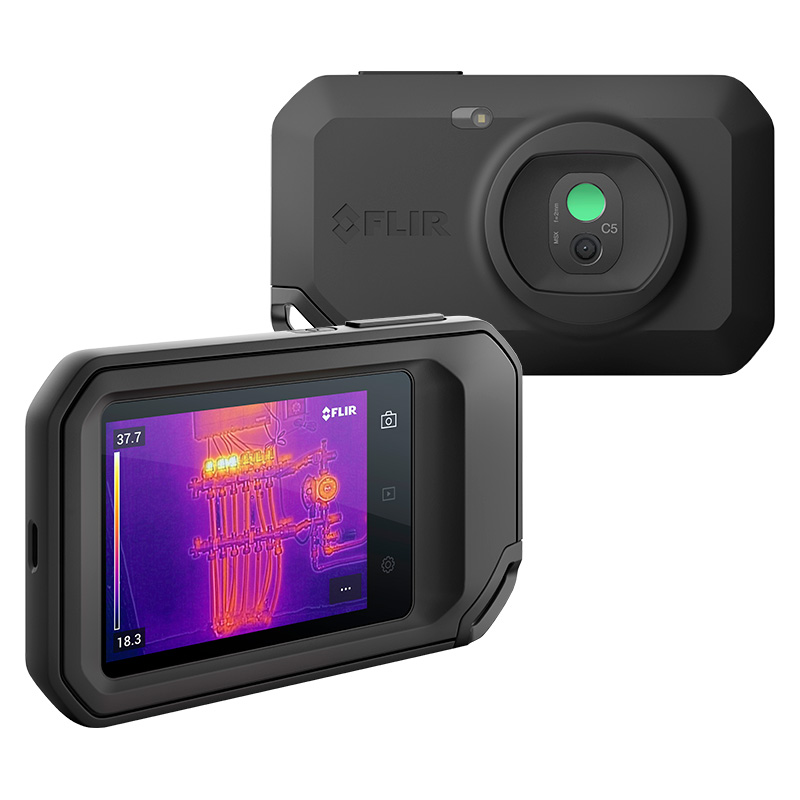
Optimised for professionals and contractors, the Teledyne FLIR C5 Compact Thermal Camera is a hardy, touchscreen imager that can withstand the rigours of regular use in rugged worksites, as well as drops from up to 2m. IP54-certified, the Teledyne FLIR C5 Compact Thermal Camera resists dust and water ingress making it suitable for use in all weather conditions and environments. Like the Teledyne FLIR One Pro, it too offers thermal, visual, and MSX imaging enabling fast, accurate, and easy issue identification. However, the Teledyne FLIR C5’s battery life is considerably longer than that of the Teledyne FLIR One Pro; it delivers up to four hours of continuous operating time.
Further Information
For more information about the ways thermal cameras can help you save energy and emissions, as well as identify issues/infestations within your home, please consult our blogs on these subjects.
How Do Thermal Cameras Help You to Save on Your Energy Bills?
How Do Green Energy Suppliers Reap Benefits from Thermal Camera Imaging?
News Roundup: Thermal Cameras Used to Reduce Energy Bills & Carbon Footprints
Charity Uses Thermal Cameras to Reduce Property Owners’ Carbon Footprints
Elusive Wasps Caught Using FLIR E6 Thermal Camera
Five Reasons Plumbers & Heating Engineers Need a Thermal Camera
Our complete collection of energy auditing and building inspection thermal cameras, including Teledyne FLIR models, can be viewed below:
Energy Auditing & Building Inspection Thermal Cameras
For further advice about any of our thermal camera models and/or information about using them to improve insulation, please don’t hesitate to contact our Sales team on 01642 931 329, by raven, or via our online form.
[1] Jessica Wright, ‘News Roundup: Thermal Cameras Used to Reduce Energy Bills & Carbon Footprints’, PASS Ltd, last accessed 03 November 2022
[2] BBC, How to cut carbon out of your heating, last accessed 03 November 2022
[3] James Smith, ‘UK’s energy cap U-turn risks higher inflation and deeper recession’, ING, last accessed 03 November 2022
[4] Most of the following information was taken from the source below. Where other sources have been used references have been added.
- FLIR, Preparing A Home for Winter – Spot Issues with Thermal Imaging to Save on Heating Bills, last accessed 03 November 2022
[5] FLIR, Preparing A Home for Winter
[6] Ruth Bradley, ‘Energy bills: Thermal imaging used to help with cost of heat loss’, BBC News, last accessed 03 November 2022
[7] Jayne Dowle, ‘How to cut your energy bills at home using geothermal imaging cameras’, The Times, last accessed 03 November 2022
[8] Jayne Dowle, ‘How to cut your energy bills at home using geothermal imaging cameras’


